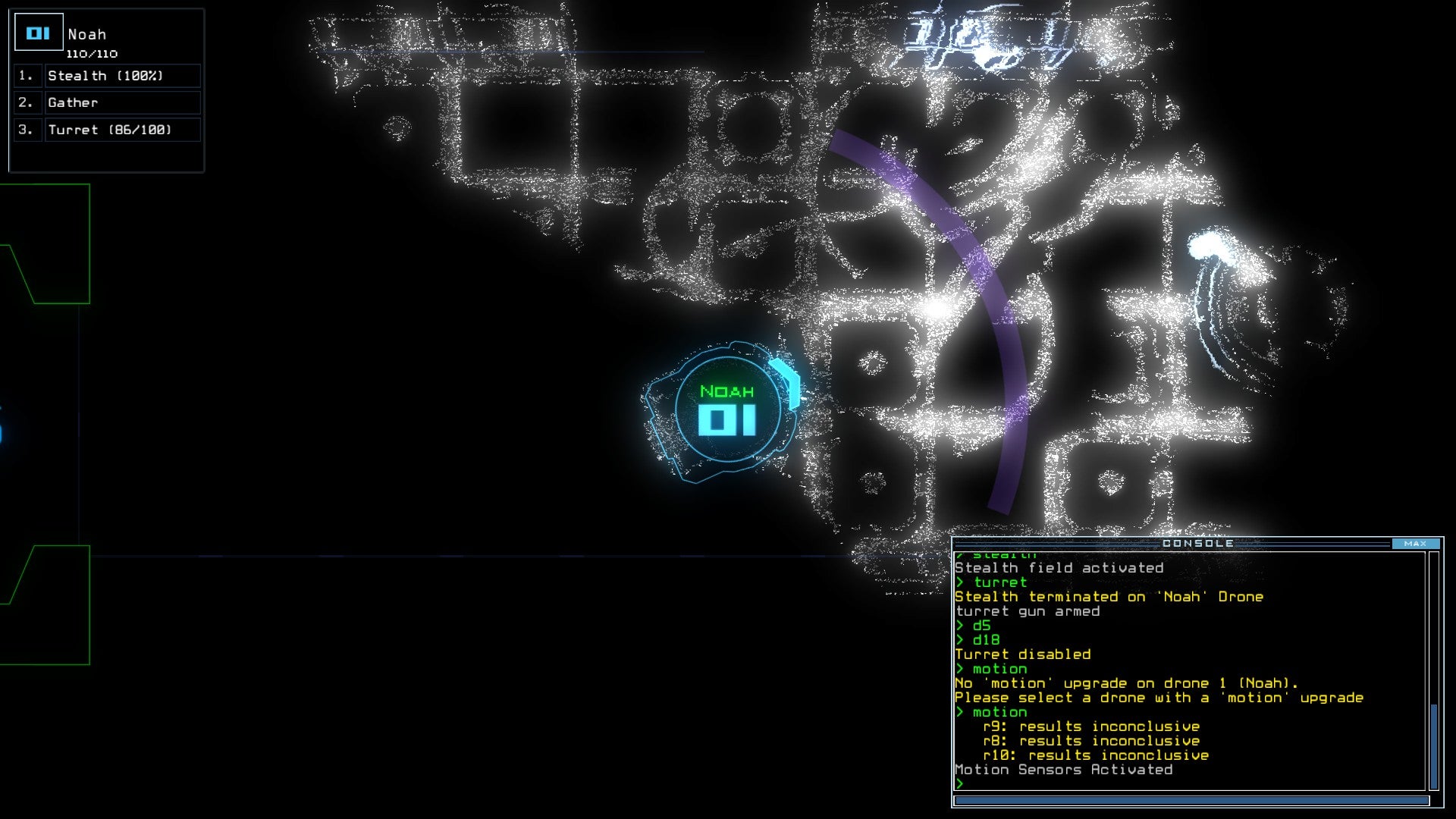Duskers and the endless breeds of video game darkness

We often say that especially clever video games consist of "shades of grey", but there are just as many shades of blackness. The colour black has a strange, underground career in computer graphics and aesthetics, spread across different types of display and graphics hardware, different genres and art styles. The darkness of a Game Boy game is green-tinged and fertile, like a puddle of algae (and similarly reliant on sunlight). The darkness of a cathode-ray tube display is a dense fog sealed behind a bulging reflection - small wonder that Silent Hill's most atmospheric moments came before the advent of flatscreens.
Black symbolises death in western societies, of course, but it also denotes elegance and luxury, with artisans in every era striving to produce the lushest, finest grades of shadow. Much like 16th century Venetian wool-dyers, high dynamic range TV manufacturers promise the "blackest blacks" - the apparent antidote to "crushed black" regions on older TVs that, like a gravitational singularity, swallow up any lighter objects they contain. Grading and calibrating virtual shadows has become a form of connoisseurship: one of today's more sinister videogame start-up rituals is altering the visibility of two or three images in a row, one always to be left "barely visible", like the ghost in a creepypasta. The marketing racket around blackness (which links up in both subtle and bruisingly obvious ways with the industry's treatment and portrayal of Black people - see this infamous PSP ad, or Skyrim's struggle to light non-white skin) extends to the presentation of videogame hardware. The Xbox One was a work of "liquid black", designed to "melt into the background when being used", a helpful quality in a console once triumphantly advertised as an always-online home surveillance device.
Horror developers have, needless to say, done well out of all these multiplying darknesses. Just look at the upcoming crop of haunted spaceship games - Callisto Protocol chasing the resurrected corpse of its ancestor Dead Space, Fort Solis staking a claim on Mars while the long-awaited Routine makes moves on the Moon. I love Dead Space's tenebrous corridors, the way Isaac Clarke's hologram-lit torso seems to float inside them, foreshadowing his own dismemberment. But my favourite darkness of all right now belongs to Duskers, Misfit Attic's bleak roguelike from 2014, in which you play the last human starpilot sending drones to search infested derelicts for fuel, parts and clues about the destruction of the universe.


Post a Comment